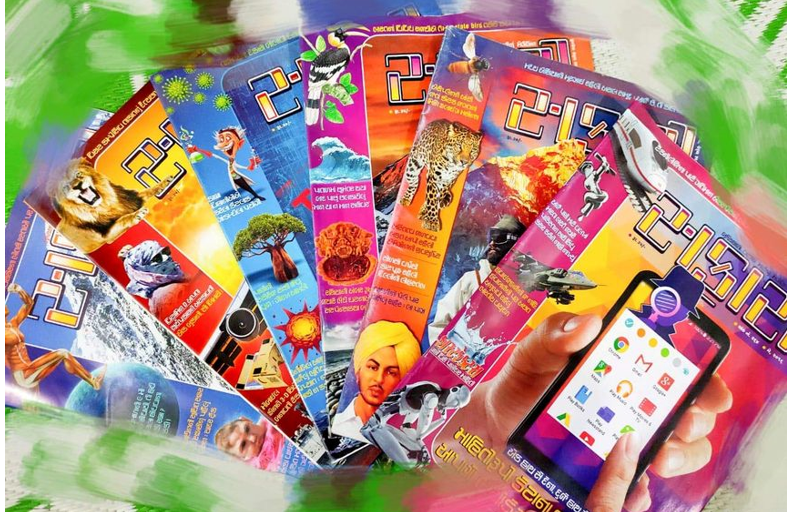Freedom, do what I WANT Vs. I MUST

Recently, while binge-watching Squid Game , something strange happened. No, not just the shock of people literally dying over red light-green light. Something more unsettling. A question, quiet but sharp, started whispering in my mind: Are my choices really mine? I mean; really. Are we choosing, or just reacting to circumstances cleverly dressed up as options? Because in Squid Game , every player "chooses" to be there. There’s no handcuffs, no force. Just a polite offer: play the game, win a fortune, escape your miserable life. Sounds fair... until you realise they were picked because their lives were already rigged against them. Desperate people with no good options makes the easiest targets for a system pretending to give them freedom. So when you see them pressing those creepy little buttons; vote to quit, vote to stay; you realise this isn’t choice. It’s theatre. A performance of free will inside a structure that’s already made most of the decisions for them. A...






